LOMA LINDA, Calif., U.S.: Airborne respiratory droplets are one of the main modes of transmission of SARS-CoV-2, and the common use of aerosol-generating procedures (AGPs) in dental clinics has necessitated the study of preventive measures that can be taken to reduce the associated risk. To this end, researchers from Loma Linda University compared the effectiveness of dental evacuation systems and found that a combination of devices resulted in the greatest reduction in microbial aerosols.
In the controlled clinical trial, the researchers collected aerosol samples on blood agar plates placed throughout the dental clinic during four treatment periods—baseline, high-volume evacuation (HVE), a combination of HVE and intraoral suction device, and post-treatment. Student participants used an ultrasonic scaler to perform oral prophylaxis on one side of the mouth during the treatment periods, and the plates were collected and incubated at 37°C for a period of 48 hours. A total of 93 students participated in the study, and it was conducted in a large clinic that consisted of multiple operatories.
A combination of devices was found to result in the greatest reduction in collected aerosols, including in comparison with the use of an intraoral suction device alone. This finding led the researchers to conclude that microbial aerosols were significantly reduced when a combination of HVE and intraoral suction devices was used.
“When comparing the treatment periods with the baseline, we found highly significant differences for HVE and combination treatment periods,” the authors wrote. They concluded, however, that further research was needed to validate the results of the study, such as additional research into the data collected so that the dynamics of aerosols produced during dental procedures could be better understood.
“To date, there is no direct evidence that dental procedures are a major cause of airborne infections. However, given the pandemic situation, the possibility of potential risks cannot be ignored,” the researchers explained, adding that it was important to identify effective measures to control the aerosols produced during dental procedures.
The study, titled “A clinical investigation of dental evacuation systems in reducing aerosols,” was published in the June 2021 issue of the Journal of the American Dental Association.
Tags:
CHICAGO, U.S.: In the face of the COVID-19 pandemic, dentists have been provided with strict infection prevention and control guidelines. These include ...
MUMBAI, India: Dentists and their patients are increasingly concerned about the elevated risk of infection with SARS-CoV-2 in dental clinics, owing to the ...
BRISTOL, UK: As Dental Tribune International has previously reported, thoughtful waste management is an increasingly important issue in dentistry in view of...
VIENNA, Austria: It is a matter of urgency that dental practices resume providing the full spectrum of oral care, according to the president of the European...
CHICAGO, U.S.: As they recover from the initial effects of the COVID-19 pandemic, many U.S. dental offices are being prevented from seeing more patients by ...
WUHAN, China: As dean of the School and Hospital of Stomatology of Wuhan University, Prof. Zhuan Bian has had first-hand experience of the working situation...
YEKATERINBURG, Russia: Aside from personal protective equipment (PPE), high-volume aspirators are recommended in dental clinics during the SARS-CoV-2 ...
With the escalation of the COVID-19 crisis and new cases rising on a daily basis, it is the dental industry which is suffering the most within the ...
WASHINGTON, U.S.: A consortium of U.S. dental organizations has asked for federal authorization for licensed dentists to conduct SARS-CoV-2 testing in their...
NEW YORK, US/SHANGHAI, China: Ample evidence shows that social isolation and loneliness can affect overall health and well-being. In a new study, ...
Live webinar
Wed. 14 January 2026
12:00 pm EST (New York)
Dr. Théo Laplane, Dr. Robert Gottlander DDS
Live webinar
Fri. 16 January 2026
12:00 pm EST (New York)
Live webinar
Mon. 19 January 2026
1:00 pm EST (New York)
Philipp Kopp, Michael Seeber
Live webinar
Thu. 22 January 2026
9:00 am EST (New York)
Prof. Judith Jones D.D.S; M.P.H., Prof. Kakuhiro Fukai D.D.S., Ph.D, Dr. Bathsheba (Bethy) Turton
Live webinar
Thu. 22 January 2026
2:00 pm EST (New York)
Dr. Nicola M. Grande DDS, PhD
Live webinar
Wed. 28 January 2026
8:00 am EST (New York)
Live webinar
Wed. 28 January 2026
11:00 am EST (New York)
Prof. Dr. Jan-Frederik Güth



 Austria / Österreich
Austria / Österreich
 Bosnia and Herzegovina / Босна и Херцеговина
Bosnia and Herzegovina / Босна и Херцеговина
 Bulgaria / България
Bulgaria / България
 Croatia / Hrvatska
Croatia / Hrvatska
 Czech Republic & Slovakia / Česká republika & Slovensko
Czech Republic & Slovakia / Česká republika & Slovensko
 France / France
France / France
 Germany / Deutschland
Germany / Deutschland
 Greece / ΕΛΛΑΔΑ
Greece / ΕΛΛΑΔΑ
 Hungary / Hungary
Hungary / Hungary
 Italy / Italia
Italy / Italia
 Netherlands / Nederland
Netherlands / Nederland
 Nordic / Nordic
Nordic / Nordic
 Poland / Polska
Poland / Polska
 Portugal / Portugal
Portugal / Portugal
 Romania & Moldova / România & Moldova
Romania & Moldova / România & Moldova
 Slovenia / Slovenija
Slovenia / Slovenija
 Serbia & Montenegro / Србија и Црна Гора
Serbia & Montenegro / Србија и Црна Гора
 Spain / España
Spain / España
 Switzerland / Schweiz
Switzerland / Schweiz
 Turkey / Türkiye
Turkey / Türkiye
 UK & Ireland / UK & Ireland
UK & Ireland / UK & Ireland
 International / International
International / International
 Brazil / Brasil
Brazil / Brasil
 Canada / Canada
Canada / Canada
 Latin America / Latinoamérica
Latin America / Latinoamérica
 USA / USA
USA / USA
 China / 中国
China / 中国
 India / भारत गणराज्य
India / भारत गणराज्य
 Pakistan / Pākistān
Pakistan / Pākistān
 Vietnam / Việt Nam
Vietnam / Việt Nam
 ASEAN / ASEAN
ASEAN / ASEAN
 Israel / מְדִינַת יִשְׂרָאֵל
Israel / מְדִינַת יִשְׂרָאֵל
 Algeria, Morocco & Tunisia / الجزائر والمغرب وتونس
Algeria, Morocco & Tunisia / الجزائر والمغرب وتونس
 Middle East / Middle East
Middle East / Middle East


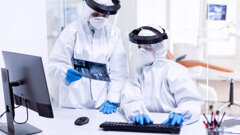
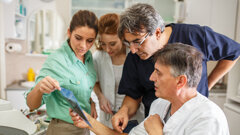

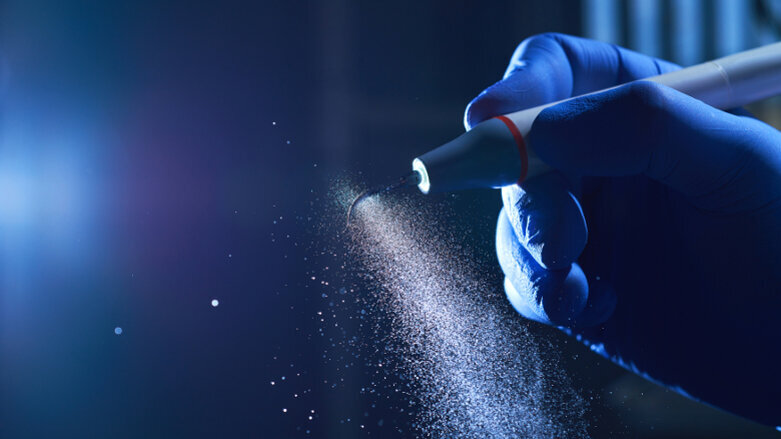







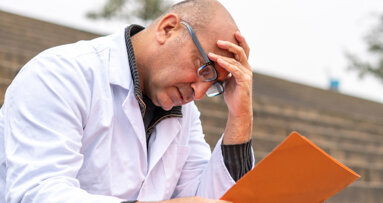

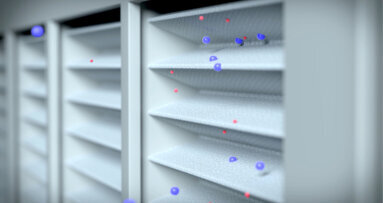
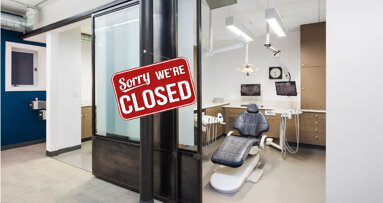
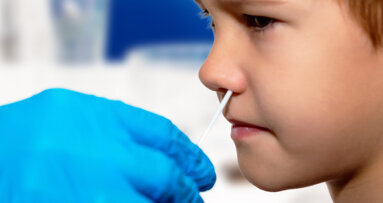
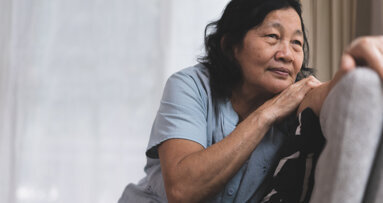





















To post a reply please login or register